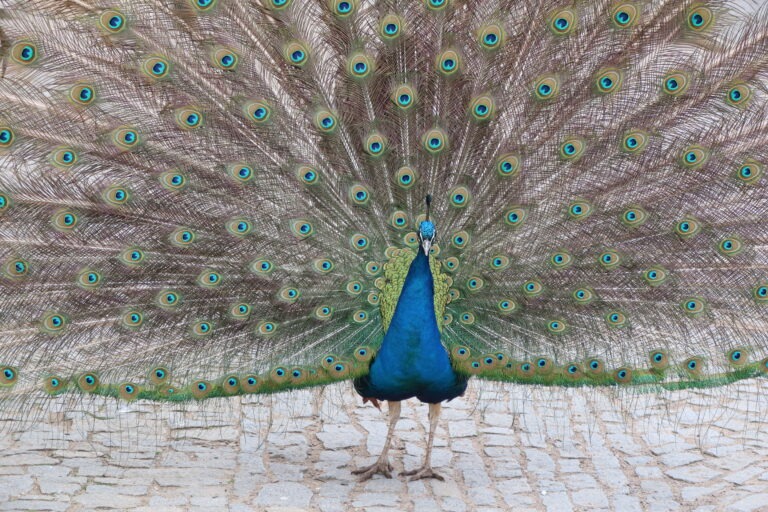Copyright: The Other Half, Luxembourgish citizen
—–
It is often the case that non-native speakers are more creative with their second language than those for whom it is a mother tongue.
Or perhaps it is a different kind of creativity.
Native speakers absorb the rules and strictures of their mother tongue from the earliest age. Even if they cannot recite or describe those rules precisely — they at least have a feeling for what is correct. Their creativity with language tends to occur within those structures, or by finding new ways to challenge, subvert or reinterpret them. It is based around knowledge — or at least instinct.
Non-native speakers, on the other hand, often display a high level of creativity with their second language as a matter of necessity. Even if you begin to learn a foreign language at a relatively early age, you will never develop quite the same instinct for it as for your native tongue. That means — even if you are fluent — there are still situations where you grapple for words and how to say something correctly. One must think creatively and get the message over in a different way. Rules tend to go out the window.
The results can be genius.
Not a fan of peacocks
A few months ago, The Other Half and I took a daytrip down to the lovely city of Graz in southeastern Austria. Among other things, we visited Eggenberg castle on the outskirts of the city — set in English style parklands where the public can stroll and have a cup of coffee.
Since it was still early spring, the weather was still blustery and chilly and the park’s resident peacocks were choosing the shelter of the bushes rather than promenading over the open lawns. Close to the castle building, I spotted a peacock nestling — almost concealed — in a nearby rockery. Its brilliant plumage contrasted beautifully with the brown earth and leafless branches. I called to The Other Half (an impressive amateur photographer) who was busy with his camera elsewhere, to come and take a look.
When he saw what I was looking at, he didn’t even try and feign interest. I felt a bit shunned.
“Oh, come on — the peacock looks incredible just sitting there under those branches. It’ll make a great photo. You never see them sitting like that”.
“No. I don’t like peacocks”.
“Why not? They’re lovely birds. Look at those feathers!”
“They’re just a bit…flambhorrent”.
TOH’s mother tongue is Luxembourgish (yes, there is such a thing — check out this Netflix series). His English is stunningly good (we’ve been speaking English at home for over 10 years), but sometimes he still makes mistakes and then I have to “think sideways” to understand what he might mean.
Aha! — he obviously meant “flamboyant” but had got a little lost on the way. It’s not a word I use that often in speech, so it hadn’t got fully anchored in his English vocabulary by repetition yet.
But who cares about 100% linguistic accuracy when you’ve just unwittingly invented an excellent new word?
Flambhorrent: adjective. An amalgamation of “flamboyant” and “abhorrent”. Can be used to describe people/things which are so camp or over-the-top, they actually make you wince slightly.
Some people may find drag queens a bit “flambhorrent”. Your neighbour might have got carried away with his Christmas lighting and made his house and front lawn look “flambhorrent”. An actress might have taken some dodgy fashion advice and turn up to the Oscars in a gown which is “flambhorrent”.
It’s an absolute winner. The English language needs to absorb this word into its lexicon, post haste! How do I get in touch with the Oxford dictionary?
—–
Related articles:
The 10 funniest words in British English
15 fabulous British slang words
5 hijacked words that need our help
The Yorkshire words and phrases I still use after 19 years abroad
—–
Photo: author’s own (Katharine Eyre © 2022). Taken at Pardubice Castle, CZ.
